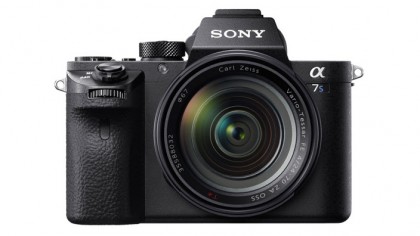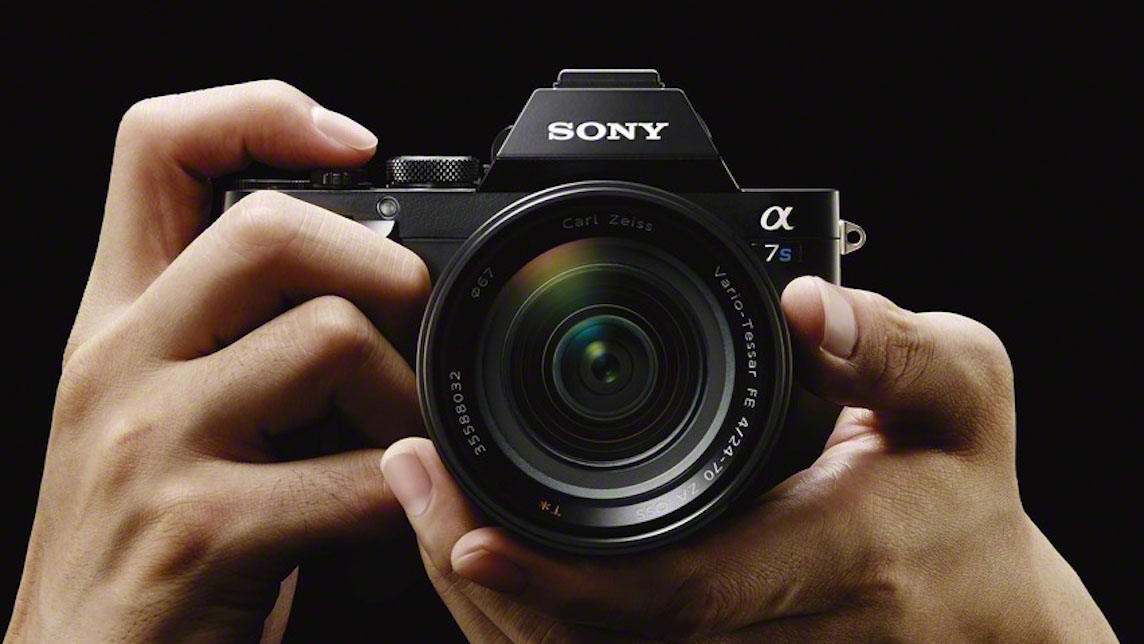Why you can trust TechRadar
The A7S is a specialised, high-sensitivity stills/video camera and according to Sony over half of the people who bought it are professionals. There's no information about the ratio of stills to video shooters available, but our experience suggests that it's the video element that really sold it. The A7S II is an upgrade to the A7S and it's more attractive to videographers, with improved handling.
Sony already makes higher resolution A7-series cameras, so it's able to target the A7S II at low light and video photography without the need to compromise it for a wider audience. The in-camera 4K recording brings it up to date – this was starting to look like a serious failing in the original model – and the faster autofocusing, 5-axis image stabilisation and better noise control are useful steps forward.
These improvements should also make the A7S II more appealing to stills photographers who need to shoot in low light and who don't need to make prints greater than A3 in size – wedding photographers and front-line reporters are a typical examples. However, there isn't much improvement in the image quality over the original camera's.
We liked
With the exception of the placement of the default video activation button, which is frankly bizarre, the control arrangement of the A7S II is very good – just as it is with the A7 II and A7R II. It also more comfortable to hold and use than the original model and there's an excellent level of customisation available.
Image quality is good for a 12Mp camera although it is more optimised for video than the A7S was.
While it struggles to keep up with fast moving subjects in low light, the autofocus system is good with stationary or slow moving subjects in very low light, provided there's a little contrast.
The excellent noise control also makes the camera ideal for shooting handheld in the evening or indoors. However, don't let the ISO 409,600 setting lull you into a false sense of security. When light levels are very low and ISO 409,600 is the only option, the results are pretty terrible. It's a setting that should only be used when it's essential to get a shot and image quality is not important. It could be a valuable option for news reporters or evidence gatherers, but there's no guarantee that the subject will be recognisable.
The S-Log2 and 3 Gamma options are very useful, and they are easier to use because of the Gamma Display Assist that lets you see a natural image while recording very flat footage.

We disliked
The A7S II is a great small camera for its target audience, though there are still a few ways in which it could be improved. Starting with the specification, the ability to record 10 or 12-bit footage would improve the quality of the colour, highlights and shadows. And some may also wish for the addition of built-in neutral density filters to save carrying lens filters.
With a relatively small pixel count and the ability to process 4K recording you might reasonably expect a faster continuous frame rate than 2.5fps for stills photography. In addition, Sony's NP-FW50 batteries don't last long when recording video. You'll need to carry four or five batteries to get through a day of serious video shooting.
While the video activation button location on the original A7-series cameras was poor because it was easy to start recording by accident, the new location makes it hard to access. When you're holding the camera it's almost impossible to keep it absolutely steady and avoid a little wobble at the beginning and end of clips. It needs to be moved.
It would also be good to have a quicker means of AF point selection. The current set-up requires a button press and then repeated presses of the navigation buttons (or dial rolling). A dedicated direction controller would be better. In addition, the screen could do with a bigger bracket to allow it to be pulled further away from the body to make it easier to find a comfortable position when shooting from high or low angles.
We'd also like the stills and video features in the menu to be separated – any that are needed in both should appear in both. Similarly, two customisable Function menus would be helpful for anyone who shoots stills and video on their camera.
Verdict
The a7S II is the best video shooting stills camera available right now. It has more professional-level features than any other and it performs amazingly well in low light. In addition, the ability to record 4K video in-camera allows users greater freedom with the ability to travel lighter and work more discretely. It's also a great option if you need to shoot stills in low light on a regular basis but don't need to make prints larger than A3 size (11.69 x 16.53 inches). The only serious competition comes from the 42Mp Sony Alpha 7R II, which is a very capable all-rounder.
If you shoot video occasionally and stills frequently, we'd recommend the A7R II over the A7S II and A7 II, but if video is your main concern the A7S II can't be beaten.
